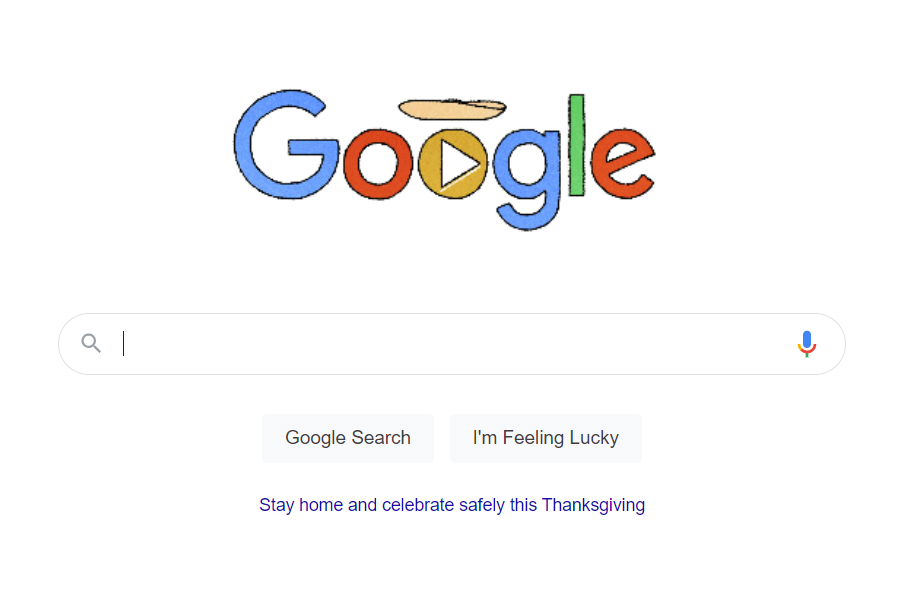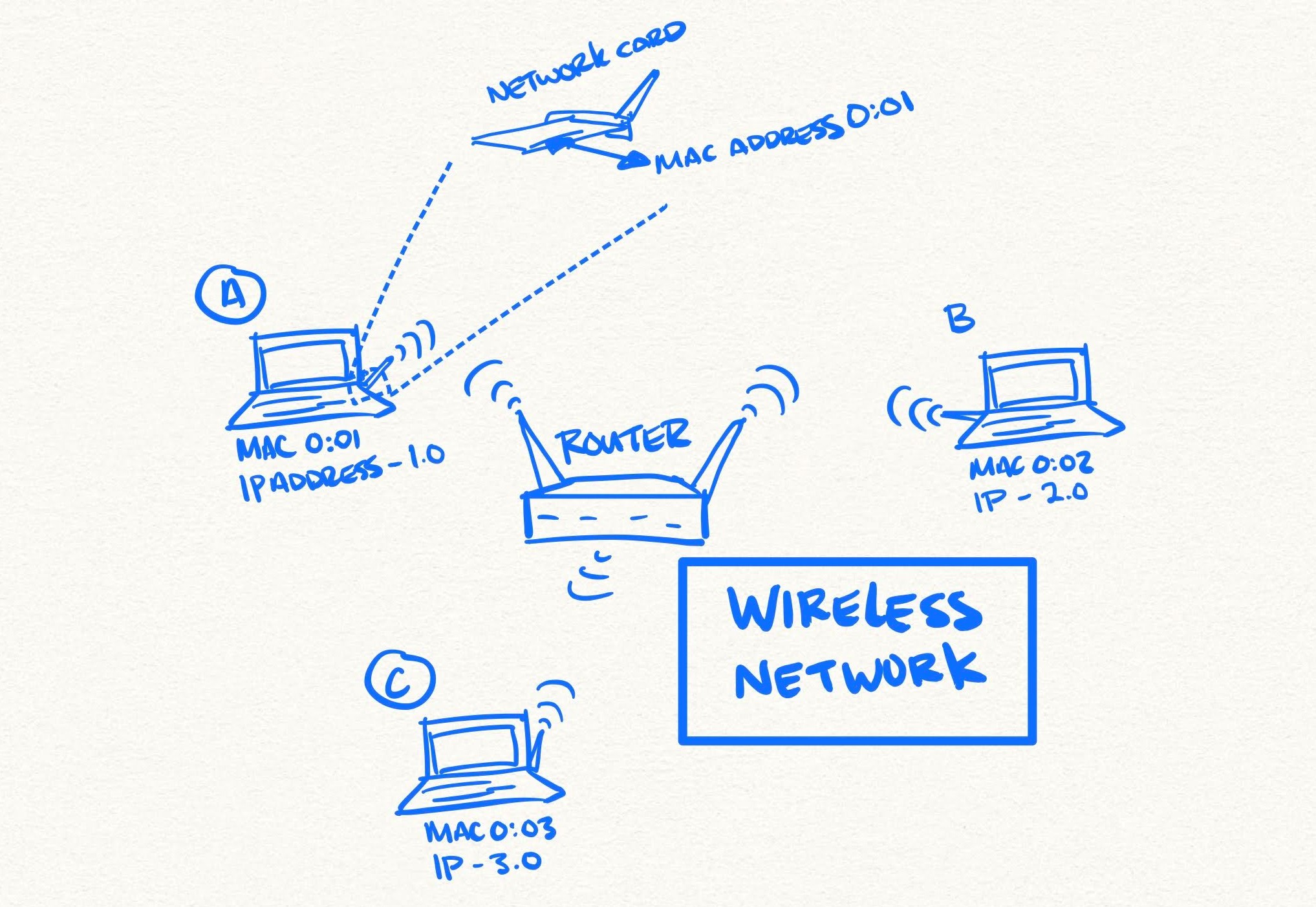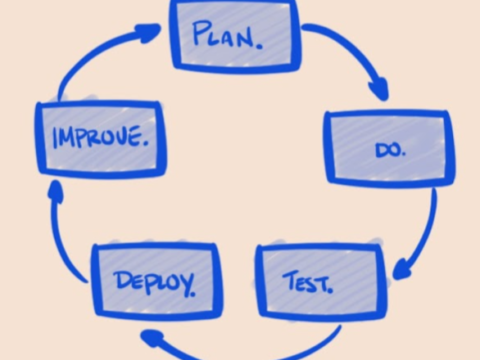Ahh, the internet, hard to imagine life without it even if we want to sometimes. Despite the central role it plays in our modern lives, we rarely consider how it works. Let’s do that today.
Look at the path of a simply accessing a website.
(we learned about network cards and routers here.)
How does the information move?
The modem converts the signal from your router into a signal readable by the cable that leads to your ISP, or internet service provider, these folks are the people who own the cable or fiber optic line that ultimately runs to your house (somebody had to pay for that work!). They plug you into the wider network that runs across the world. (below)

https://www.submarinecablemap.com/
That’s big right? stop and think for a minute how amazing it is that you can ever find anything let alone have such reliability that you get annoyed when you can’t find something in seconds. The trick is that everything that connects to the internet has an address (called a Public IP address): a unique location that others can reach them at. Because there are so many addresses the numbers get big and computers need to recall long, easy-for-a-computer-but-hard-for-you-to-remember addresses to send you the right stuff. A domain name server (aka DNS) acts like a phone book and lists the Public IP addresses for the websites you want to visit. Ahh, so you want to visit google.com? The DNS says, “well here is the address for Google.com: 8.8.8.8., now on your way.”
The server is where the stuff you want to access lives. Server is just a fancy name for a computer that listens for requests like yours and then responds when requests come in.
The final step in the journey is that server sending back through all those steps a pile of code that looks like this:
whoa, right? Your browser reads all of that and give you this (thankfully much more simple).

of course, today we are accessing much more than Google and we even access Software on the web, but what is Software anyway?





